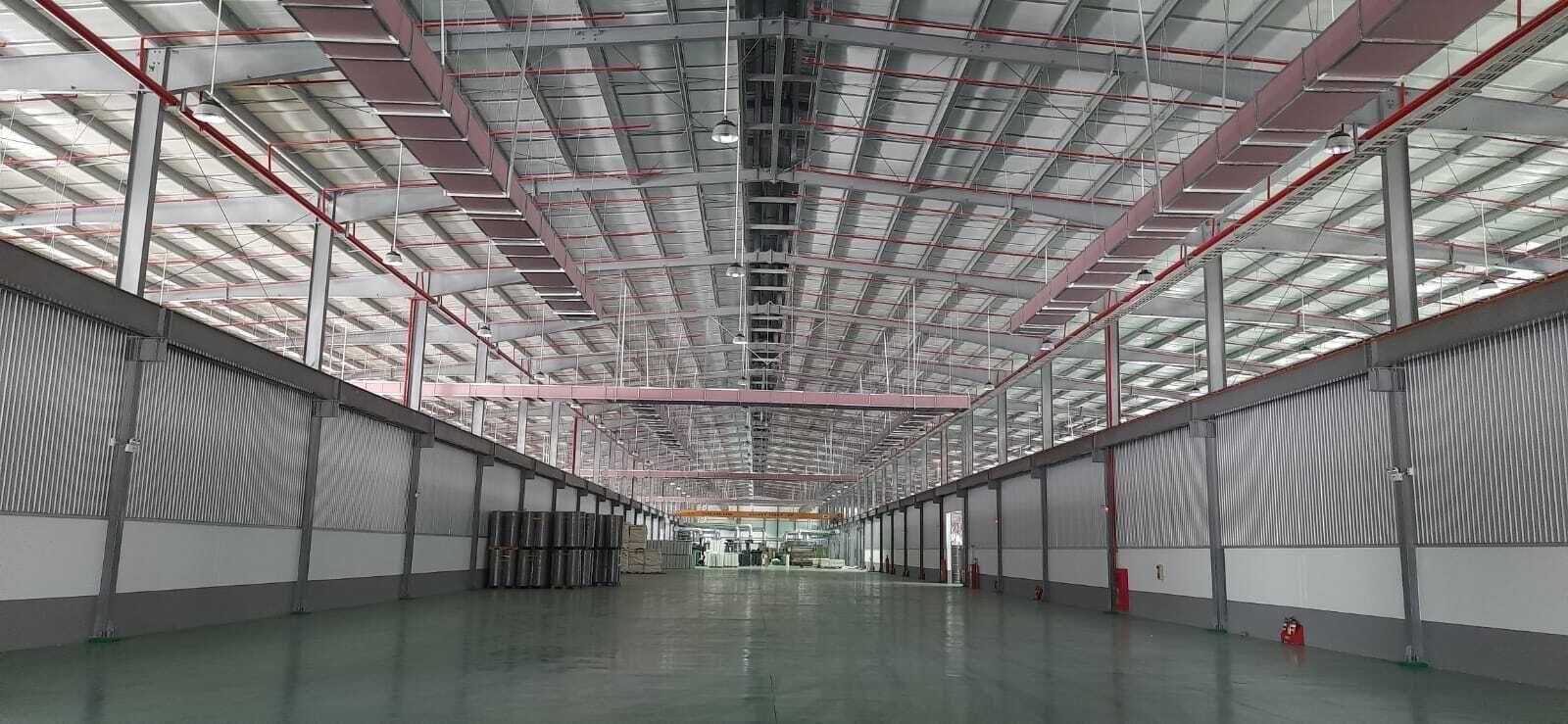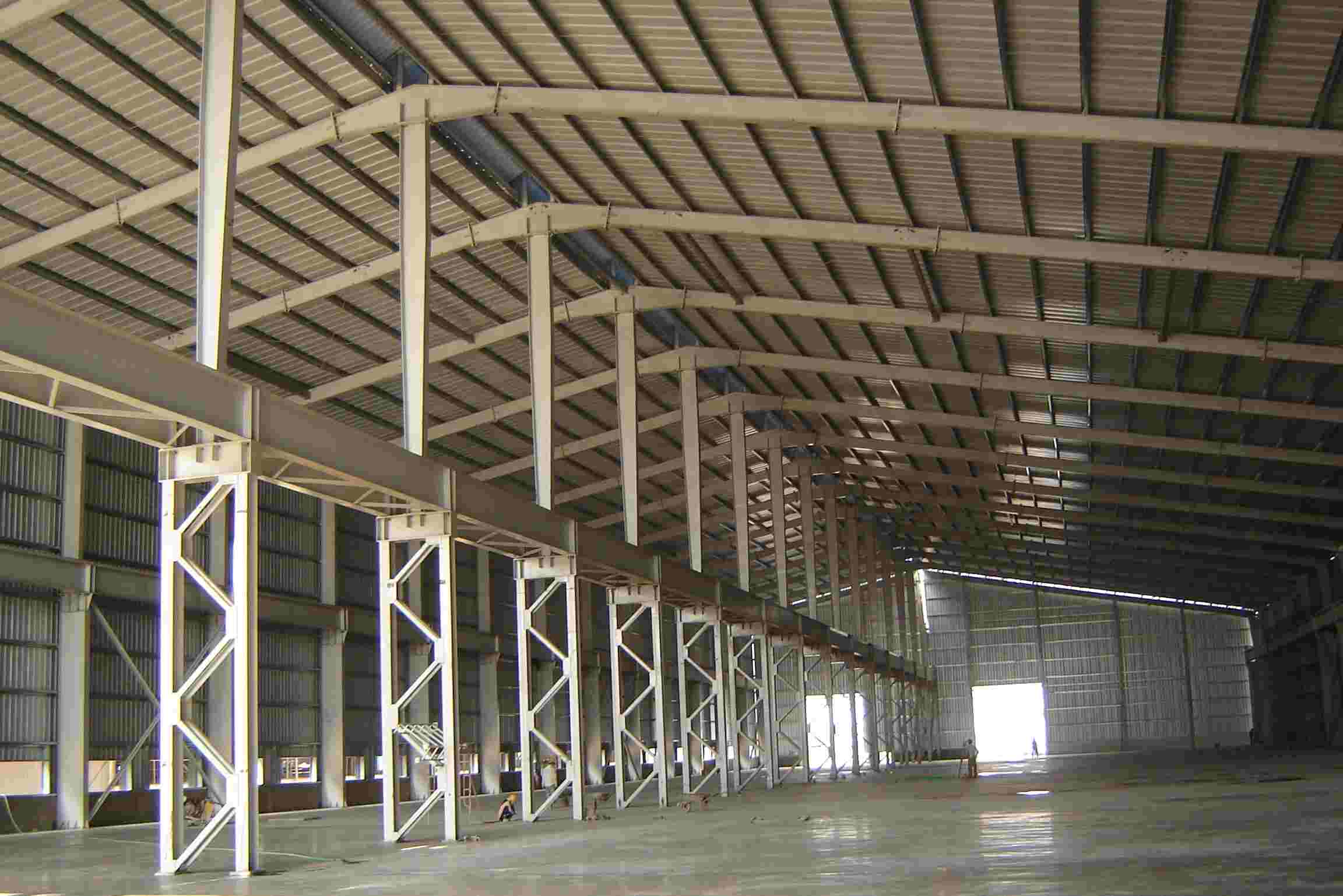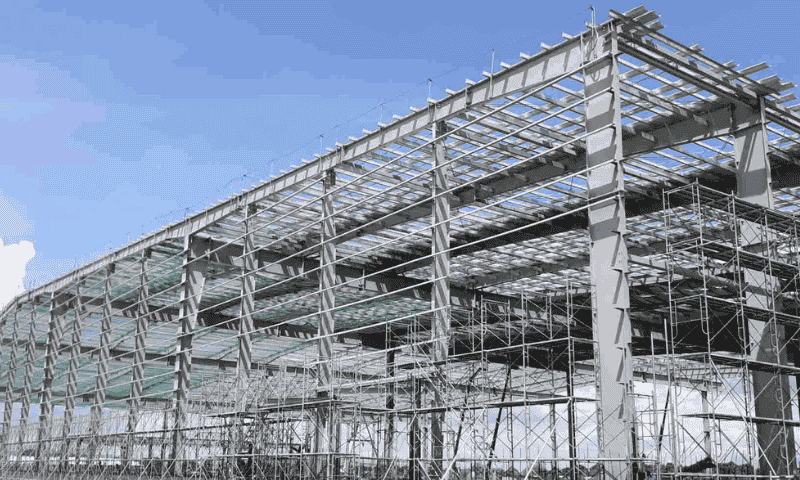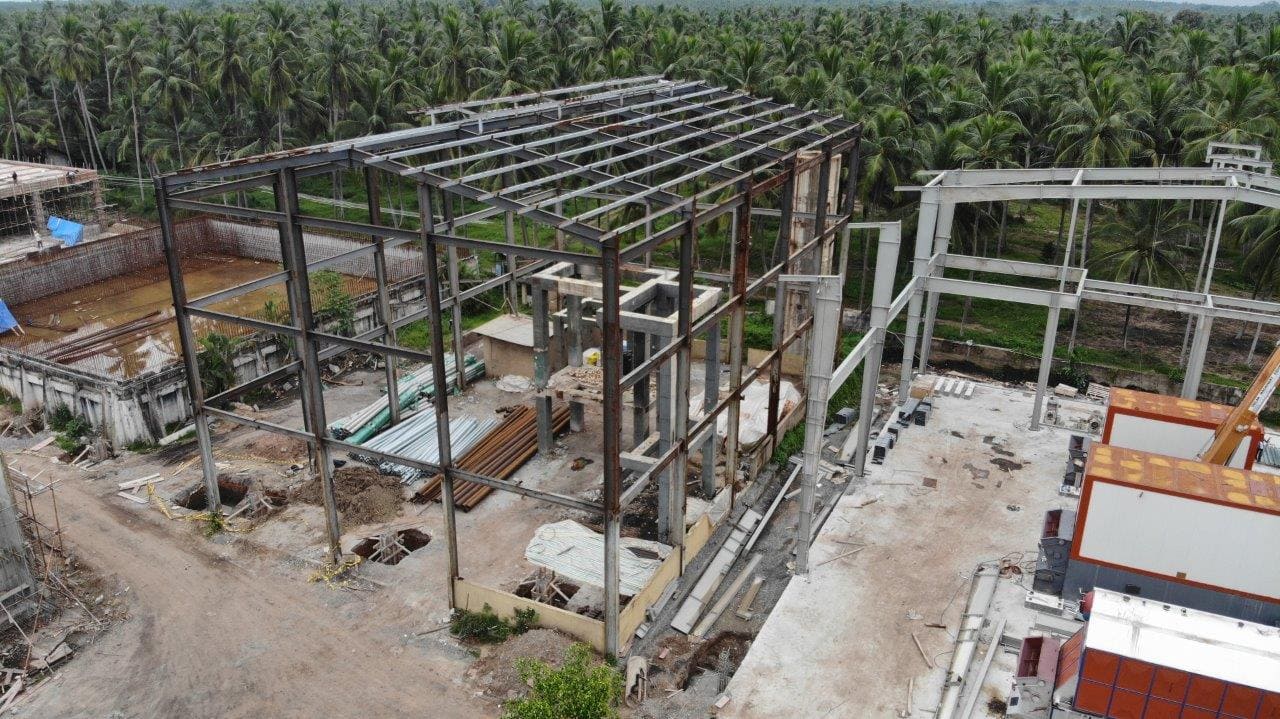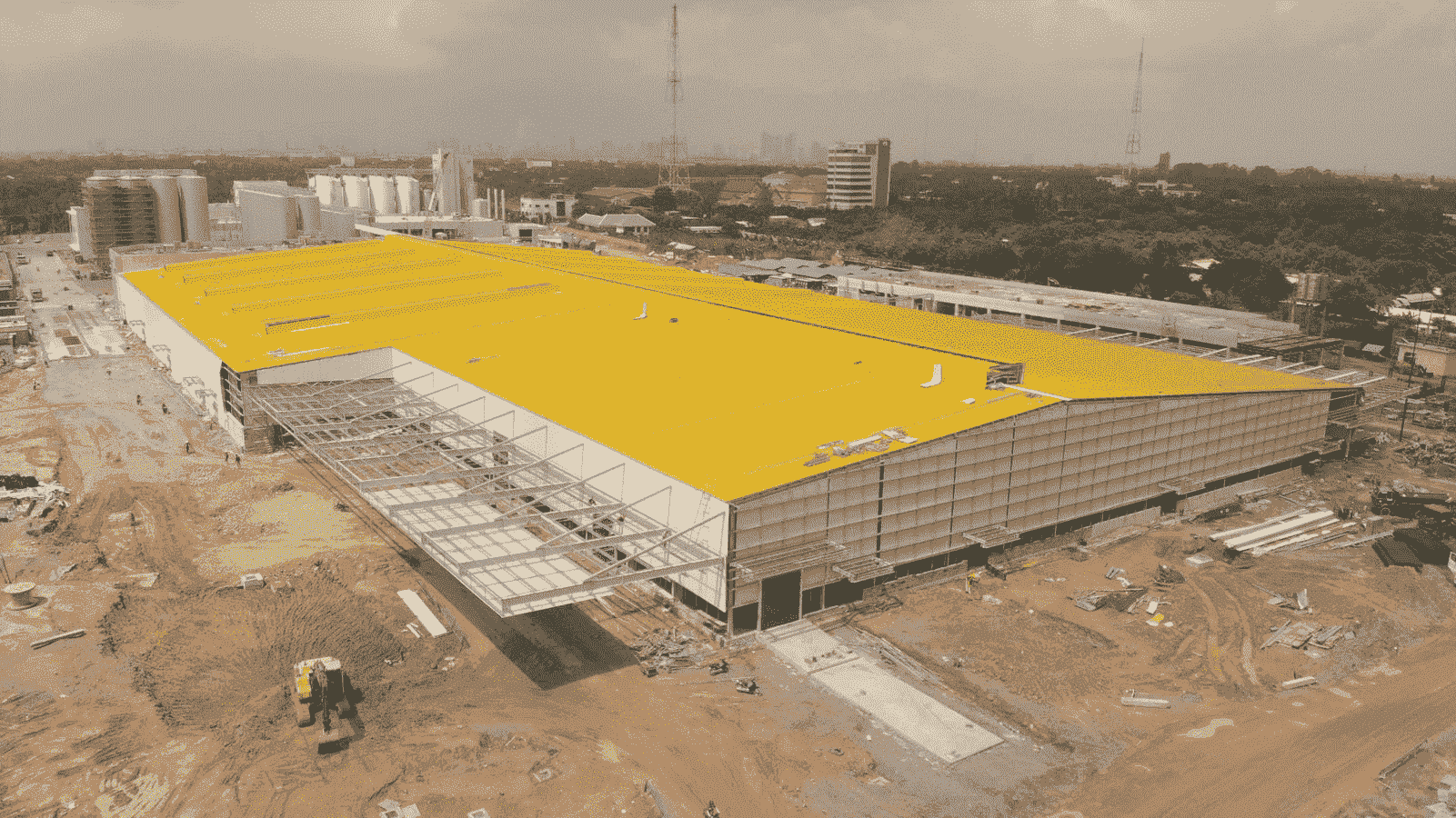Factory ventilation solutions have become an important factor in improving air quality, controlling temperature and ensuring optimal ventilation in production environments. With the advancement in technology and design, there are many ventilation solutions on the market today suitable for many types of pre-engineered steel buildings and steel structure. Pebsteel invites you to learn about different types of factory ventilation systems to help you make an informed decision, as well as find a solution that will suit your business needs and conditions in the following article!
See more: What is the Crane? Classification and Application in Constructions
1. Popular factory ventilation solutions
Factory ventilation is the introduction of fresh and cool air into the factory, helping to maintain the temperature, humidity and air quality of the working environment. Factory ventilation plays an important role in protecting the health of workers, improving work efficiency, saving energy and protecting equipment in the factory.
There are different types of factory ventilation systems, depending on the energy source, how they work, size and capacity. Below are some of the most commonly used factory ventilation solutions.
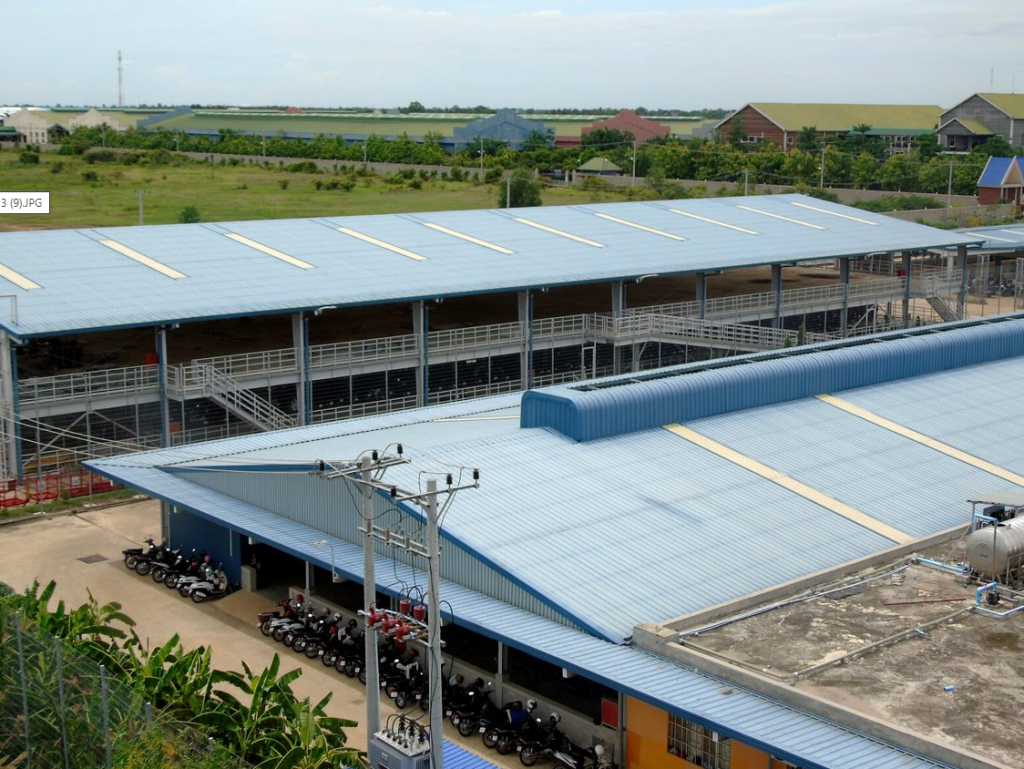
1.1. Natural ventilation for factories
Natural ventilation for factories is a way of ventilating a factory based on the difference in pressure and temperature of the air inside and outside the factory. It ventilates the factory in a natural way without the use of electricity or equipment, it uses window placement, vents, or various different roofs to create air circulation.
Factory ventilation in a natural way has the advantages of cost-effectiveness, ease of construction and maintenance, and environmental friendliness. However, factory ventilation in a natural way also has the disadvantage of being unstable, dependent on weather conditions, and unable to adjust the flow and direction of the air.
See more: What is louver? Outstanding features of the louver
1.2. Roof fan for factory ventilation
Roof ventilation fans are fans that pull hot and polluted air out and create new airflow. This type of fan is installed on the roof of the factory. Roof fans can be powered by electricity or wind power.
The advantage of the roof ventilation fan is that it is simple to install and operate, has a large capacity and can ventilate a large area. However, this type of fan has the disadvantages of consuming energy when using electricity, causing noise and, at the same time, requiring a system of ducts and control valves.
1.3. Ventilation portable industrial fan
Ventilation portable industrial fan is a movable fan that has the function of blowing cool air into the workshop, therefore circulating air flow. Portable industrial fans operate on electricity and come in different sizes and capacities.
Ventilation portable industrial fans have the advantage of being flexible, can adjust the angle and speed of the fan, can be moved to locations that need ventilation, and are easy to use and maintain. However, portable industrial fans have the disadvantages of consuming energy, causing noise, and are not able to ventilate large areas.
1.4. Wall-mounted fan ventilation for factories
A Wall-mounted ventilation fan for factories is a type of fan mounted on the factory wall, with the function of sucking the inside air out or blowing the outside air in. Wall fans are powered by electricity and come in different sizes and capacities.
The advantage of the wall-mounted fan is that it has a high capacity, can ventilate a large area, and is easy to install and operate. However, wall fans have the disadvantages of consuming energy, causing noise and requiring a system of ducts and control valves.
1.5. Cooling Pad system for factory ventilation
The Cooling Pad system is a type of system that uses synthetic or wood fiber filters, which are pumped with water to create evaporation for ventilation combined with cooling. The power-operated unit, installed on one side of the workshop, works in tandem with the ventilation fans on the opposite side to create an inward flow of cool air.
The advantages of the Cooling Pad system are that it is more energy efficient than air conditioners, has high air cooling efficiency, and is easy to install and operate. However, the Cooling Pad system has the disadvantage that it requires regular maintenance and cleaning, thus it is not ideal for areas with high humidity or dust pollution.
1.6. Duct system in a ventilation system
A type of ventilation system that uses ducts to draw air from the outside into the building or from the inside out is called a duct system. The wind channel system is powered by electricity. There are many different types of air ducts, including flexible ducts, rigid ducts, spiral ducts, box ducts, aluminum ducts, etc.
The wind channel system has the advantages of a large capacity, can ventilate a large area, can be deployed at any location in the factory, and can be integrated with air purifiers or air coolers. However, the wind channel system has the disadvantages of consuming energy, generating noise, requiring a control valve system and maintenance.
1.7. Chiller air conditioning system for factory ventilation
A Chiller air conditioning system is a type of ventilation system combined with cooling by using cold water to cool the air. A chiller air conditioning system operates on electricity and includes main components such as the compressor, heat exchanger, cold water tank, cold water pump, chilled water nozzles and ventilation fans.
Chiller air conditioning system has the advantage of being highly effective in cooling the air, can adjust the temperature and humidity of the air, making it suitable for factories with high requirements for air quality. However, the chiller air conditioning system has the disadvantage of being costly in terms of investment, operation and maintenance, requiring a large space for installation, as well as complying with safety and environmental regulations.
2. Choosing Pebsteel’s Ridge Ventilator
Among the above-mentioned residential ventilation solutions, the extreme ventilation system is one of the optimal choices for any business. The roof-top ventilation system is capable of drawing hot air, dirt and toxic gasses to the outside through the roof vents while at the same time supplying fresh air to the warehouse through the windows or louvers. Extreme ventilation systems are highly efficient, low-cost, and easy to install.
However, to get a high-quality and durable ventilation system, businesses need to choose a reputable and professional design, construction and installation unit. One of Pebsteel’s standout products is the ultimate ventilation system.
Pebsteel’s roof-top ventilation system is designed according to international standards, with outstanding features such as:
- Reducing heat accumulation and the accumulation of gas during production, especially in warehouses and workshops.
- Optimizing the energy use of air conditioning equipment, saving on operating costs.
- There is no noise when operating.
- Easy to install and maintain.
With Pebsteel’s comprehensive and professional solutions, customers can be assured that pre-engineered steel buildings will be safely, efficiently and reliably designed, constructed and installed.
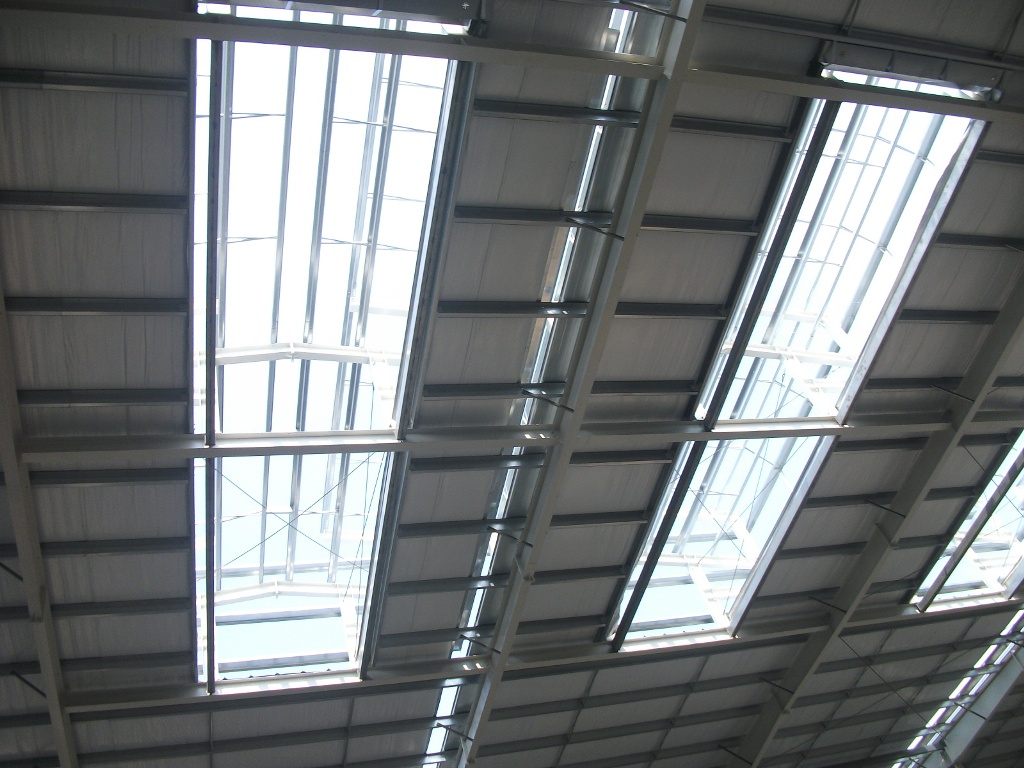
3. Conclusion
Factory ventilation is one of the most important factors in maintaining a safe and effective working environment for the factory. Choose Pebsteel rooftop ventilation for a highly efficient and durable factory ventilation system for your buildings. Customers can contact Pebsteel via email at Marketing@pebsteel.com.vn or phone number +84 908 883531 for detailed advice.
*** This article is intended to provide general information about the pre-engineered steel building and steel structure industry only. For further details or clarification based on your needs, please contact Pebsteel directly.






